BRASSAÏ Original maquette for Graffiti , Stuttgart: Chr. Besler, 1960. With 143 gelatin silver prints, 1932-57, printed late 1950s. Varying sizes from 2 3/8 x 2 3/8in. (6 x 6cm.) to 9 x 11in. (22.8 x 27.9cm.) or reverse. Each mounted one to 4-per-page and back-to-back on loose card; a few visible 'Rue du Faubourg St. Jacques' credit stamps, manuscript numbers/annotations in various hands on verso. Each page sequentially numbered in pencil. Unbound. Provenance : From the artist -- Hans Balser (translator for the German edition of Graffiti ; to his estate) -- the present owner, acquired in 1982. APPARENTLY UNIQUE ORIGINAL MAQUETTE FOR THE FIRST EDITION OF BRASSAï'S GRAFFITI , INCLUDING 143 ORIGINAL GELATIN SILVER PRINTS, 29 OF THESE NOT REPRODUCED IN THE PUBLISHED EDITON. Brassaï's three-decade fascination with the anonymous inscriptions on Parisian walls culminated in the publication of Graffiti in 1960, first published in Germany, and later in a French edition. Brassaï was one of the first photographers to not only record graffiti but also introduce it to the cultural milieu as something worthy of concerted attention. As early as 1933, he published a group of his graffiti photographs along with his own text in the important and influential surrealist journal Minotaure ('Du mur des cavernes au mur d'usine', Minotaure 3-4 , 1933). Between other projects, Brassaï continually returned to graffiti over the years. In 1950, he began to carry a little notebook in his pocket in which he made sketches and noted the locations of graffiti in order to return under better lighting conditions and to check on their evolution over time. By the mid-1950s several circumstances led to the eventual publication of this book, not least the growing appreciation for contemporary abstract art, by artists such as Klee, Miro, and Dubuffet. Photographer and curator Edward Steichen selected a group of graffiti photographs for a solo exhibition at the Museum of Modern Art, New York, in 1956, and noted surrealist and art historian Roland Penrose was behind the subsequent exhibition at the Institute of Contemporary Art, London, in 1958. Brassaï was also reaching a turning point in his career. By the end of 1960, after a magazine assignment in Brazil, he gave up making new photographs. Thus, GRAFFITI WAS HIS LAST BOOK CONCEIVED AND EXECUTED WHILE HE WAS STILL A WORKING PHOTOGRAPHER. His later books were compilations of earlier work. Brassaï remarked that 'the world of graffiti sums up the whole of life: birth, love and death. Birth: the image of man, spelt out and identified for the first time; love in both its aspects: carnal and sentimental; death: decomposition, annihilation and adventure' ( Graffiti , Paris, 1993, p.7). He felt that these marks were at the root of human artistic expression and needed to be documented before they were lost: 'that this strange universe of signs, figures, and symbols, even of "charms" and "possessions" survives to this day beneath the electric skies of our cities and that many traces of it can still be unearthed is too disturbing to be addressed in a few lines. I have simply tried to signal the existence and importance of an art form with no name and with no official status, whose anachronistic yet spontaneous quality today confers on it a strange topicality, and even perhaps a certain nobility.' ( idem , p.141). This maquette offers a privileged insight into the creation of his visionary approach, which ranks among the most important photographic explorations of 'street art' in the 20th century.
BRASSAÏ Original maquette for Graffiti , Stuttgart: Chr. Besler, 1960. With 143 gelatin silver prints, 1932-57, printed late 1950s. Varying sizes from 2 3/8 x 2 3/8in. (6 x 6cm.) to 9 x 11in. (22.8 x 27.9cm.) or reverse. Each mounted one to 4-per-page and back-to-back on loose card; a few visible 'Rue du Faubourg St. Jacques' credit stamps, manuscript numbers/annotations in various hands on verso. Each page sequentially numbered in pencil. Unbound. Provenance : From the artist -- Hans Balser (translator for the German edition of Graffiti ; to his estate) -- the present owner, acquired in 1982. APPARENTLY UNIQUE ORIGINAL MAQUETTE FOR THE FIRST EDITION OF BRASSAï'S GRAFFITI , INCLUDING 143 ORIGINAL GELATIN SILVER PRINTS, 29 OF THESE NOT REPRODUCED IN THE PUBLISHED EDITON. Brassaï's three-decade fascination with the anonymous inscriptions on Parisian walls culminated in the publication of Graffiti in 1960, first published in Germany, and later in a French edition. Brassaï was one of the first photographers to not only record graffiti but also introduce it to the cultural milieu as something worthy of concerted attention. As early as 1933, he published a group of his graffiti photographs along with his own text in the important and influential surrealist journal Minotaure ('Du mur des cavernes au mur d'usine', Minotaure 3-4 , 1933). Between other projects, Brassaï continually returned to graffiti over the years. In 1950, he began to carry a little notebook in his pocket in which he made sketches and noted the locations of graffiti in order to return under better lighting conditions and to check on their evolution over time. By the mid-1950s several circumstances led to the eventual publication of this book, not least the growing appreciation for contemporary abstract art, by artists such as Klee, Miro, and Dubuffet. Photographer and curator Edward Steichen selected a group of graffiti photographs for a solo exhibition at the Museum of Modern Art, New York, in 1956, and noted surrealist and art historian Roland Penrose was behind the subsequent exhibition at the Institute of Contemporary Art, London, in 1958. Brassaï was also reaching a turning point in his career. By the end of 1960, after a magazine assignment in Brazil, he gave up making new photographs. Thus, GRAFFITI WAS HIS LAST BOOK CONCEIVED AND EXECUTED WHILE HE WAS STILL A WORKING PHOTOGRAPHER. His later books were compilations of earlier work. Brassaï remarked that 'the world of graffiti sums up the whole of life: birth, love and death. Birth: the image of man, spelt out and identified for the first time; love in both its aspects: carnal and sentimental; death: decomposition, annihilation and adventure' ( Graffiti , Paris, 1993, p.7). He felt that these marks were at the root of human artistic expression and needed to be documented before they were lost: 'that this strange universe of signs, figures, and symbols, even of "charms" and "possessions" survives to this day beneath the electric skies of our cities and that many traces of it can still be unearthed is too disturbing to be addressed in a few lines. I have simply tried to signal the existence and importance of an art form with no name and with no official status, whose anachronistic yet spontaneous quality today confers on it a strange topicality, and even perhaps a certain nobility.' ( idem , p.141). This maquette offers a privileged insight into the creation of his visionary approach, which ranks among the most important photographic explorations of 'street art' in the 20th century.


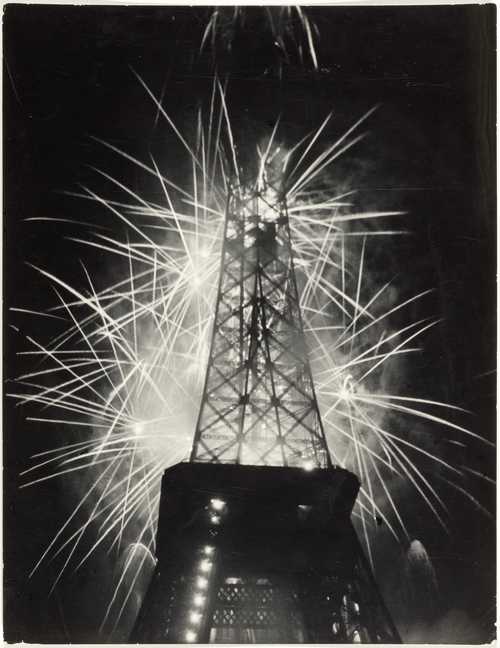
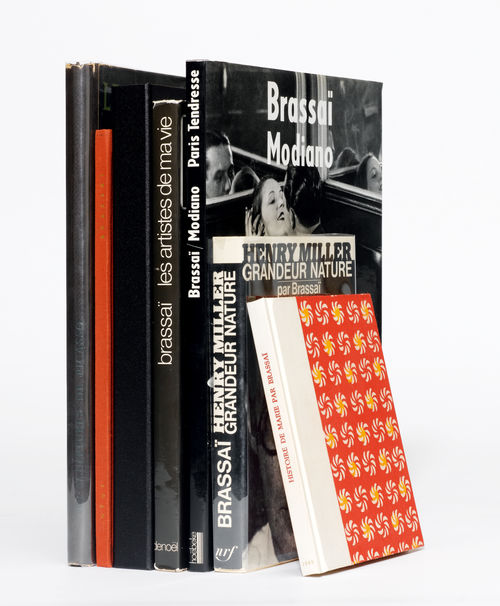




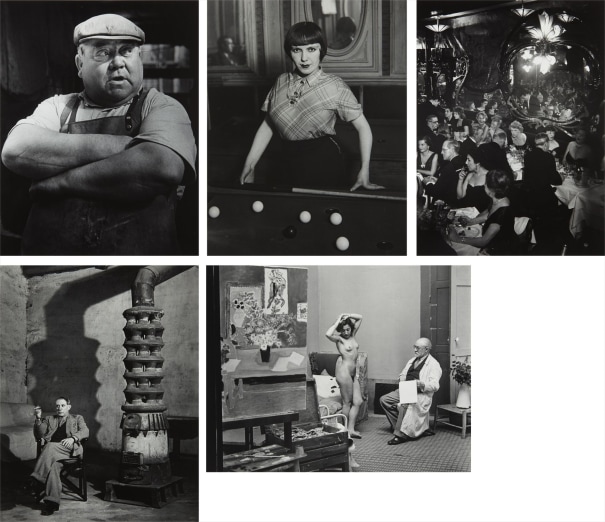
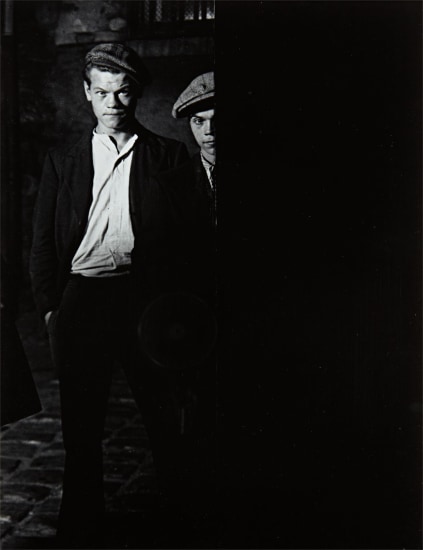

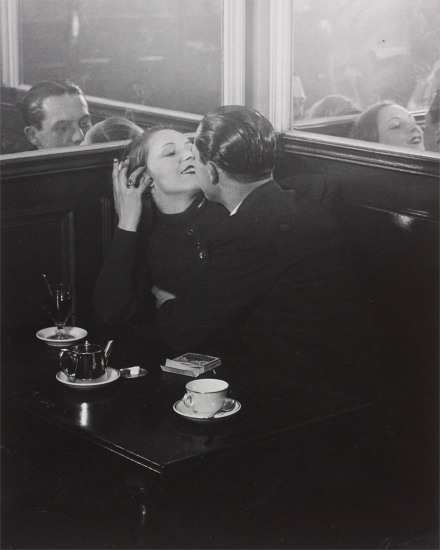

Try LotSearch and its premium features for 7 days - without any costs!
Be notified automatically about new items in upcoming auctions.
Create an alert